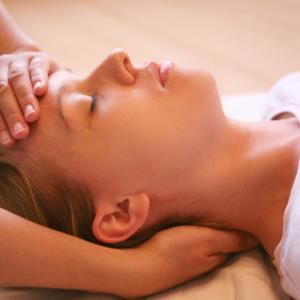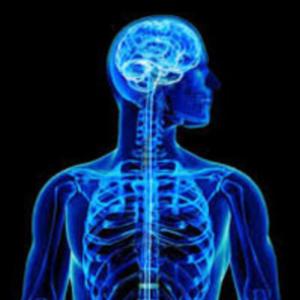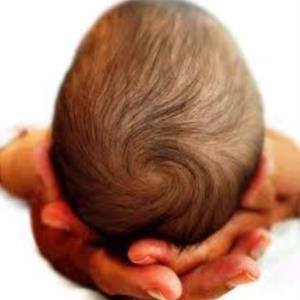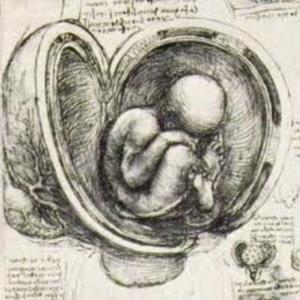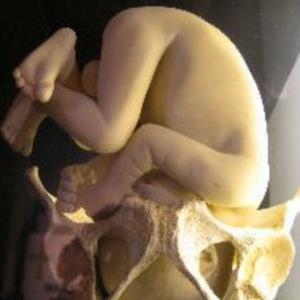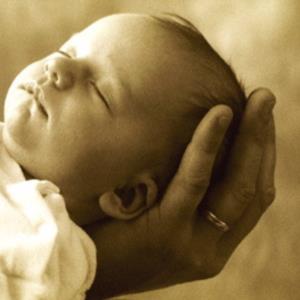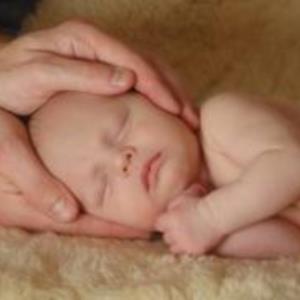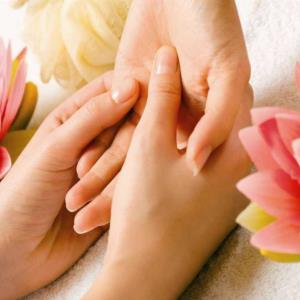Treating Chronic Otitis Media and Ear Infections with Craniosacral Therapy
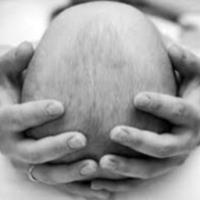
Recurrent ear infections are a common health problem in babies and children. They can cause great distress and pain, and are frequently contributed to by several different factors. They can lead to issues with hearing, speech, and language and learning difficulties. When they become chronic, they can cause stress to the immune system and other symptoms such as headaches, respiratory congestion, restlessness, fever and irritability.
Craniosacral treatment of babies and children who suffer with ear infections focuses on the alignment and balance of the bones and structures that influence the Eustachian Tube and that the Eustachian Tube itself is freely mobile and able to drain the middle ear.
Craniosacral Therapy has successfully treated many children suffering from chronic ear infections. Treatment focuses on addressing factors causing stress to the immune and nervous system, which may be leading to increased susceptibility to infection, and by releasing restrictions and compressions in the cranium.
Imbalance in the plates and internal tissues of the cranium influence the structure and integrity of the Eustachian Tube. The Eustachian Tube is a small channel that drains fluid and mucous build up from the middle ear into the back of the throat.
In a healthy and balanced cranium, the Eustachian tube is a free channel that drains efficiently, keeping the middle ear clear and clean. When the Eustachian Tube is blocked, the middle ear can become infected, inflamed and swollen, becoming a perfect environment for the proliferation of bacteria and viruses.
What Can Cause Ear Infections?
There are a number of reasons that a child's Eustachian Tube is more vulnerable to blockage and congestion than an adults.
| 1 |
The Eustachian Tube is made partly of bone and partly of cartilage. The cartilaginous part of the Eustachian Tube travels in a small groove where the temporal bone (around the ear) and Sphenoid (a central bone of the cranium) join one another.
The Eustachian Tube is tiny, flexible and quite vulnerable to even subtle strain patterns from either of these bones or to other bones of the skull, face or the jaw. The cartilaginous section is even more flexible in young children, making it more easily compressed and twisted. |
|---|---|
| 2 |
Residual birth trauma can cause displacement of the bones that make up the head can have a direct impact on the Eustachian Tube and how it drains, making children with birth patterns more susceptible to ear problems from birth. This is also true of Caesarean births, which do not cause the same displacement to the external plates of the cranium, but leave the internal membrane structure tight and restricted. This in turn can impede drainage from the cranium. |
| 3 |
The angle of the Eustachian Tube is different in children than in adults. In adults, the Eustachian tube has a more pronounced downward angle, like a drainpipe. In children prior to the age of 6, the Eustachian Tube is at a more horizontal angle, making it harder for substances to drain. The length of the Eustachian Tube is also shorter, making it closer to the throat, from where bacteria and infection causing agents have only a short distance to travel to the middle ear. |
| 4 |
The angle of a young child's Eustachian tube is further compromised by the plane of the head. As most children spend a great deal of time lying on their back, there are fewer opportunities for drainage of the middle ear to occur. |
Other Factors to Consider
| 1 | Immune health - the stronger the immune system the less vulnerable to infections and inflammation, decreasing the frequency of infections |
|---|---|
| 2 |
Food intolerances, and specific 'mucous-forming' foods such as dairy products and bananas cause increased mucous build up and congestion in the system. Mucous build up will contribute substantially to increased susceptibility to infections by creating a bacteria-friendly environment. In children who suffer from recurrent ear infections, establishing whether there are specific food intolerances with Bio-Resonance Screening, and eliminating or cutting down on these allergenic foods can have a positive effect not just on ear infections, but on immune and digestive health as well. |
| 3 |
Mucous build up can also be contributed to by excess sugar consumption and exposure to molds, so awareness of environmental factors and elimination of any that are allergenic can make a big difference to symptoms. Bio-Resonance Screening can indicate whether any of these issues are effecting the system and help to treat the symptoms. |
| 4 |
Teething frequently creates an inflammation and symptoms such as upset stomachs and ear infections/pain can be directly related to the emergence of a new tooth. In these cases, the homeopathic remedy 'Chamomilla' can be the gold-standard at easing symptoms and relieving ear pain, especially when the child is angry or crying with pain, wants to be held but is not consoled by being held and has one cheek red and the other pale. Chamomilla is in most teething powders and is widely available from chemists. |


